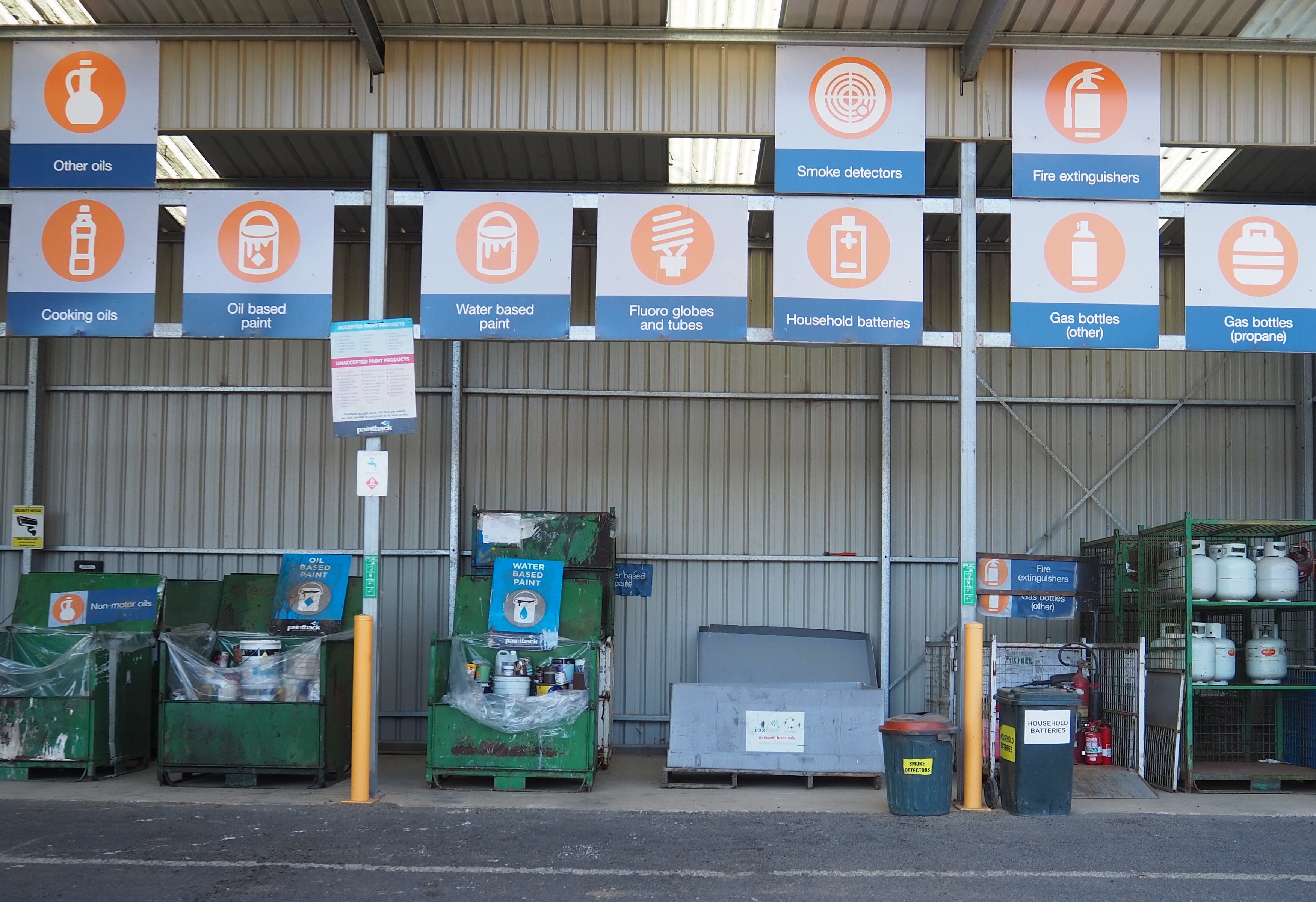Victorian farmers have learned valuable lessons about the importance of rigorous on-farm biosecurity thanks to the experiences of Agriculture Victoria District Veterinary Officer Dr Jeff Cave.
At a recent state-wide webinar Dr Cave shared his recollections of the foot-and-mouth disease (FMD) outbreak in the United Kingdom in 2001.
Dr Cave was deployed to Cumbria – the most severely affected part of the country – when the FMD outbreak was at its height. His role as an epidemiologist involved aging mouth lesions on sheep and cattle to help authorities trace the disease and stem its spread.
“The outbreak resulted in the destruction of roughly six per cent of the nation’s livestock,” he said.
Dr Cave said the experience drove home the importance of early identification of disease and stringent biosecurity protocols, including the cessation of stock movement if the event of a disease outbreak.
“Foot-and-mouth disease is one of the biggest threats to Australia’s agricultural economy,” he said.
“If an outbreak occurred, it would have drastic impacts on the livelihoods of many farmers, and the sustainability of our livestock industries.”
During the webinar farmers heard how Dr Cave’s take home messages about good on-farm biosecurity could be practically applied on their farms.
South Gippsland beef producer Rob Liley explained how he implements biosecurity practices on his farm with a rigorous induction process for new stock and good record keeping, ensuring lifetime traceability of stock.
“New animals are kept in their buying groups for several weeks after their arrival,” he said.
Mr Liley said strategic biosecurity is paramount to good management.
“Often our biosecurity practices have a dual purpose,” he said.
“For example, fencing off dams to keep stock out not only ensures the water is kept clean, but also removes the risk of parasite transmission through dams.”
Joe Toohey, who runs a cattle breeding and trading operation near Ballarat, said he restricts the entry of visitor vehicles onto his farm to help maintain the integrity of his on-farm biosecurity.
“I have visitors park their vehicle and only enter the farming platform using a farm vehicle,” he said.
“This not only minimises the risks of introducing foreign material, but also ensures stress free cattle handling techniques as the animals are adapted to the use of farm vehicles.”
While vendor-bred cattle are favoured, buying out of markets remains common practice for cattle traders.
Mr Toohey said new animals are kept in holding paddocks and after an induction period are moved to the paddock where they will reside for the remainder of their stay.
Cattle paddocks on the Toohey farm are also double fenced, even at the gateways, to stop nose-to-nose contact. These fence lines can also double as laneways.
The webinar was supported by the BetterBeef Network and is now available online.








